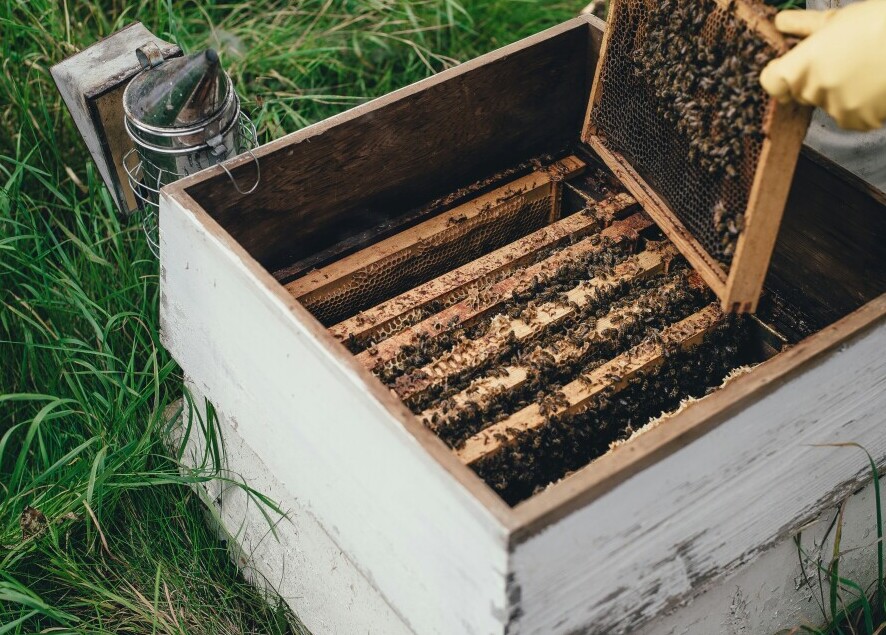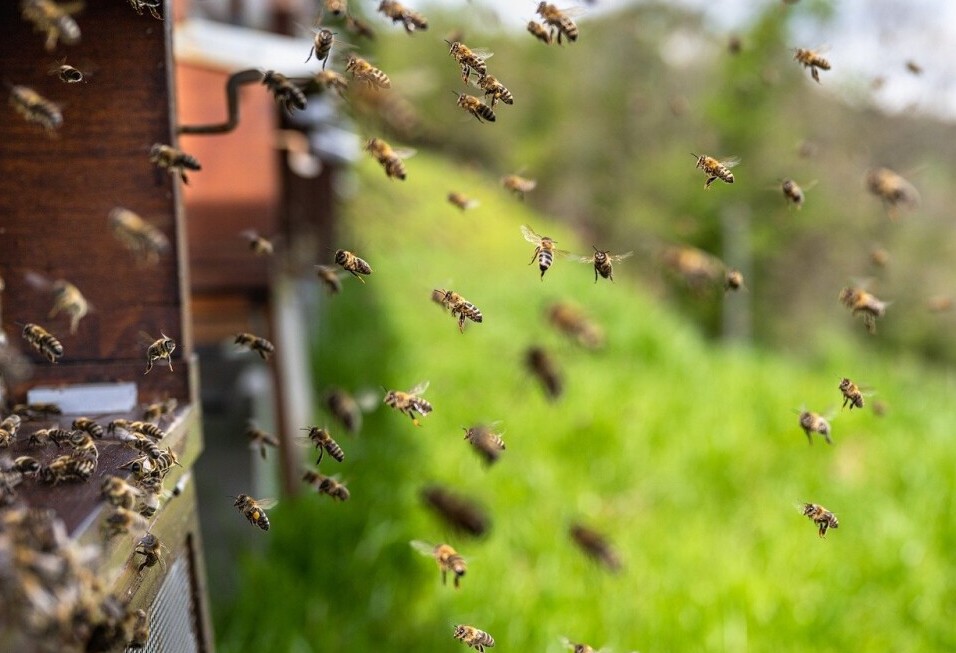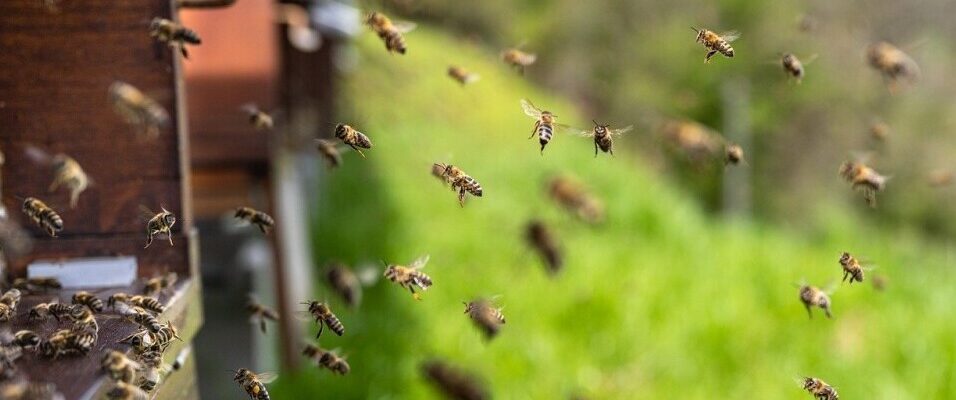Bees have been fascinating humans for thousands of years. Ancient Egypt is where we start this buzz-worthy journey. Egyptians were some of the first known beekeepers. They kept bees in clay hives and even had a hieroglyph for beekeeping. Honey was vital and used in everything from medicine to embalming fluids. Egyptian bees were kind of a big deal.
Jumping over to the Greeks and Romans, bees were more than just honey-makers. They symbolized hard work and cooperation. Famous figures like Aristotle didn’t just philosophize about the big stuff; he also wrote about bees. Ancient texts detail methods for keeping bees and harvesting honey. Roman scholar Pliny the Elder even described the ideal bee garden. These ancient agricultural practices laid the groundwork for beekeeping techniques that are still relevant today.

During the Middle Ages, beekeeping didn’t lose its charm. Monks took on the role of beekeepers, and abbey gardens buzzed with activity. Beeswax candles became an essential part of religious ceremonies. Documents from this era reveal meticulous records of hive maintenance, honey yields, and etiquette in the bee yard. Medieval beekeepers had to be patient and gentle—two qualities still important in modern aquaculture.
Revolutionary Beekeepers of the 17th and 18th Centuries
Charles Butler, often dubbed the Father of English Beekeeping, shifted beekeeping paradigms in the 1600s. His book, “The Feminine Monarchie,” broke new ground by showcasing insights into bee behavior and hive management. His work laid the foundation for a more scientific approach to beekeeping, moving away from mere observation to understanding.
Francis Huber was another trailblazer. Despite being blind, he made notable contributions to the field in the 1700s. With the help of his assistant, Huber developed an innovative hive design, which allowed for more efficient observation and management. His discoveries on bee biology and behavior set new standards for beekeepers worldwide.
John Gedde made waves with his influential work, “The English Apiary.” He championed the importance of using smoke to calm bees, a practice now standard in beekeeping. Gedde’s writing provided valuable advice on hive construction, maintenance, and protection from pests and diseases. His contributions helped shape modern beekeeping techniques, promoting a more humane and sustainable approach.

Modern Beekeepers Who Changed the Industry
L.L. Langstroth revolutionized beekeeping in the 19th century with his invention of the movable-frame hive, commonly known as the Langstroth hive. This genius design allowed beekeepers to inspect and manage bee colonies without destroying the hive structure. Langstroth’s hive is still the gold standard, making beekeeping more practical and less disruptive for bees.

Moses Quinby, a contemporary of Langstroth, was another influential figure. Known as America’s first commercial beekeeper, Quinby developed the smoker, a tool that helps calm bees during hive inspections. His methods and innovations played a crucial role in scaling up beekeeping operations. Thanks to Quinby, commercial beekeeping became much more efficient and manageable.
Eva Crane brought a scholarly approach to beekeeping that left a lasting impact. A physicist by training, Crane pivoted to the study of bees and authored over 180 papers on the subject. Her comprehensive books, such as “The World History of Beekeeping and Honey Hunting,” are considered seminal works. Crane’s meticulous research and global perspective enriched the collective knowledge of beekeeping, cementing her place as a key figure in modern apiculture.
Contemporary Beekeepers and Their Contributions
Marla Spivak stands out in the modern era not just for her scientific prowess, but for her dedication to bee health. Her research at the University of Minnesota focuses on understanding and mitigating issues plaguing bee populations, such as Colony Collapse Disorder. Marla’s efforts have raised awareness about the importance of bees in our ecosystem and inspired many to take up beekeeping.
Les Crowder is a champion of the natural beekeeping movement. He advocates for treatment-free beekeeping and using top-bar hives, which allow bees to build their combs naturally. Les’s approach aims to create a more sustainable and symbiotic relationship between bees and beekeepers. His book, “Top-Bar Beekeeping: Organic Practices for Honeybee Health,” serves as a go-to guide for those looking to adopt this method.
Rusty Burlew’s contribution goes beyond the apiary with her educational efforts. Her blog, Honey Bee Suite, is a treasure trove of information on all things beekeeping. Rusty provides practical advice, troubleshooting tips, and insights into beekeeping that make the practice accessible to beginners and experts alike. Her ability to distill complex topics into easily understandable content has made her a beloved figure in the beekeeping community.

Beekeeping has come a long way, from the clay hives of ancient Egypt to the innovative techniques of today. Throughout history, bees have been more than just honey-makers—they’ve been symbols of hard work, contributors to science, and essential partners in agriculture.
Each era brought its own twists and turns to the craft, whether it was Charles Butler’s groundbreaking book or Langstroth’s game-changing hive design. Today, with people like Marla Spivak and Les Crowder leading the charge, beekeeping continues to evolve, blending old-school wisdom with new approaches.
As we face modern challenges, it’s clear that our relationship with bees is more important than ever, and it’s up to us to keep the buzz going for future generations.
Here are a couple of articles you may be interested in:
Smokers: How They Work And Why Beekeepers Use Them
Understanding Bee Behavior: Tips for Working With Bees

2 comments on “Famous Beekeepers Throughout History”
Norman
August 24, 2024 at 10:49 pmIt is amazing how long beekeeping has been around passing down to us through the centuries, there was a time when my wife wanted to be a beekeeper but wanting to be a beekeeper is one thing knowing about beekeeping is another story. It is amazing how these little engineers make such a great contribution by producing honey on a mass scale. Thanks for sharing this amazing history of beekeeping.
Randi
August 24, 2024 at 10:53 pmThanks for sharing your thoughts! Your wife’s interest in beekeeping shows just how captivating these little creatures can be! Glad you enjoyed the history of beekeeping—I’m always amazed by what these tiny engineers can do!